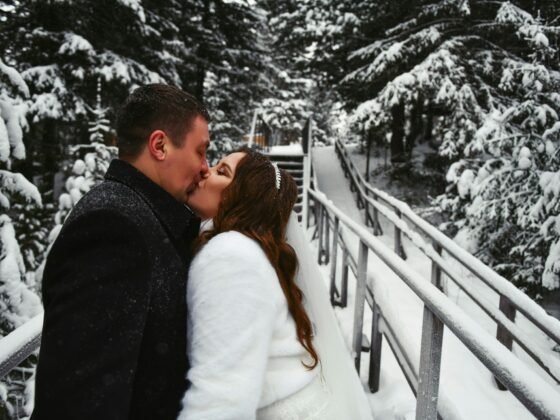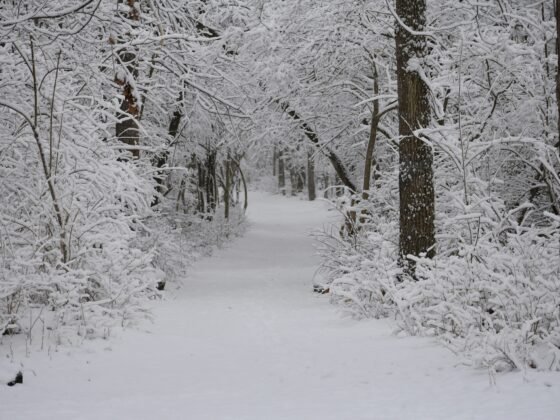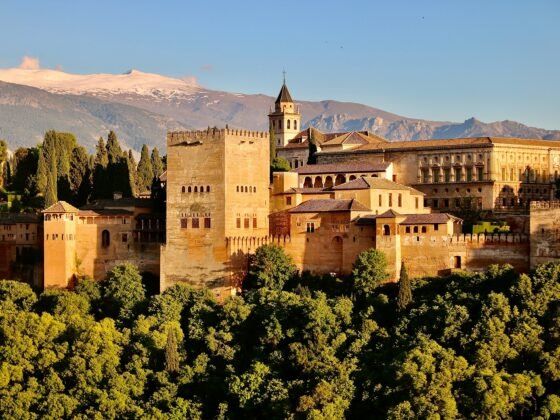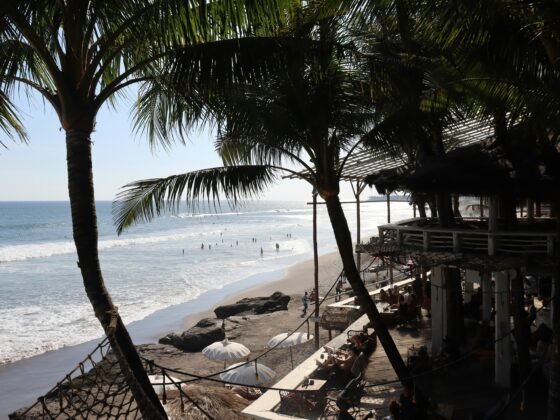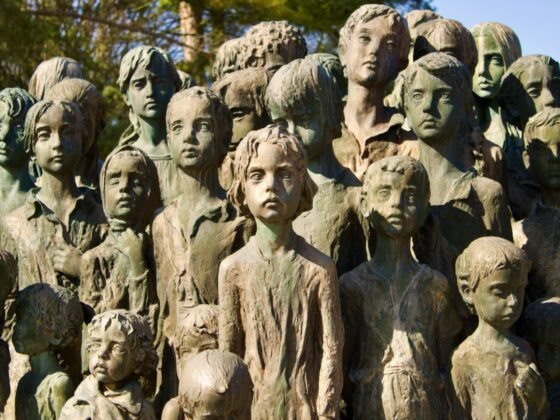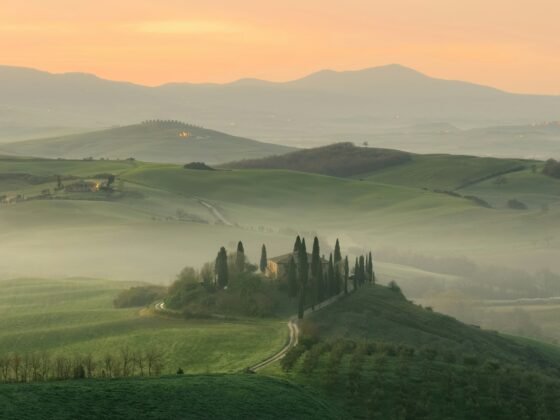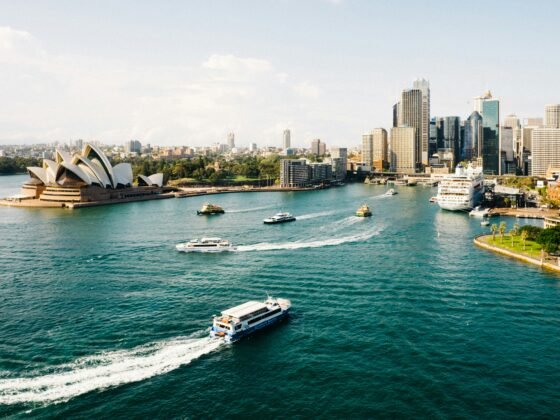
Botswana is one of the most spectacular destinations in Africa. Its wildlife, landscapes and culture have captivated travellers for decades. But what to expect on safari in Botswana? Here’s an overview of some of our favourite aspects of this incredible destination:
Climate
Botswana’s climate ranges from hot and dry to hot and humid. The temperature typically ranges from 20°C to 30°C, with an average temperature of 25°C.
The rainy season lasts from November through May, and the dry season from June through October.
Wildlife
- Botswana is home to a wide variety of wildlife—from the big game in Chobe National Park to the elephants and giraffes at Makgadikgadi Pans.
- The best place to see wildlife, however, is the Okavango Delta. This lush and verdant wetland is packed with animals—everything from elephants to leopards can be found here.
- The Makgadikgadi Pans are also great for spotting wildlife such as giraffes, lions and more.
Birdlife
Botswana has a wealth of birdlife, and it’s not just the big birds that you’ll see. There are many smaller birds that make their home in Botswana as well.
The best way to enjoy this wildlife is by getting up close and personal with them! You’ll see different types of colorful parrots flying overhead, or maybe even some beautiful black-and-white cranes walking alongside you on your walk through the bush. It’s also possible to spot African wild dogs while out in nature—they’re pretty rare these days but they used to be common here back in time (which makes them even more special).
Landscapes
- You’ll see landscapes that are diverse. Botswana is home to the Okavango Delta, the Makgadikgadi Pans, and the Kalahari Desert; all three of these ecosystems are protected as UNESCO World Heritage Sites.
- Each one has its own unique beauty: The Okavango Delta is a lush oasis surrounded by desert land; Makgadikgadi Pans is a dried-out lakebed surrounded by grasslands; and Kalahari Desert gets its name from how it can go from green to dry in just a few days due to changing weather patterns.
Culture and language
Botswana is a country of many cultures. The majority of the population practices Christianity, which was introduced by European settlers during Botswana’s colonial past. However, there are also large populations practicing Islam and indigenous religions. The majority of people speak English as a first or second language, but you’ll also hear 11 official languages spoken throughout the country: Setswana, English, Ndebele, Tswana, French (Français), Sesotho sa Leboa (Northern Sotho), Setswana (Southern Sotho), Venda/Tsonga/Shangani/Shengani (Shona) plus minority languages such as Xitsonga and Afrikaans.
While this may sound like a lot to keep track of from your safari vehicle window seat on a game drive—don’t worry! Most people will greet you in English and give directions in their native language. It’s also important to note that just like other places around the world where multiple cultures coexist peacefully—you’ll find different approaches to doing things across Botswana: whether it be dressing up for church or draping yourself in traditional clothing when attending a cultural festival—it’s important not to judge anyone based on how they choose express themselves!
Community
The community is the foundation of safari tourism. It’s imperative to understand, respect and appreciate the significance of this relationship. The community is responsible for ensuring that you enjoy a safe and memorable experience in their part of Botswana, as well as provide local knowledge about wildlife and land use practices.
The local people who live near or on the wildlife-rich areas are custodians of the land and wildlife, both natural resources which they rely on for their livelihoods. As such, it’s important that you do not interfere with these valuable resources by littering or disturbing animals during your visit.
Conservation
Botswana is a country that places conservation as its main focus. The government has put a lot of effort into conserving their natural resources, and this has helped make Botswana one of the most ecologically diverse countries in Africa.
The country is known for having an excellent protected area system with some of the best wildlife parks in Africa, including:
- Okavango Delta Wildlife Reserve – An inland delta area with some of Botswana’s most beautiful scenery and wildlife populations
- Central Kalahari Game Reserve – One of the largest protected areas in Africa with plenty of wildlife to see such as leopard, cheetah, giraffe and zebra
- Makgadikgadi Pans National Park – This vast volcanic lakebed turns into salt flats during dry seasons offering good opportunities for birdwatching
Every aspect of a safari in Botswana is influenced by its unique environment.
Botswana is a landlocked country in Southern Africa. The country has a hot and dry climate, with summer temperatures reaching 40°C (104°F). While this may sound like an inhospitable environment for wildlife, it’s the perfect climate for animals such as elephants and lions to thrive.
The population of large mammals in Botswana is the largest in Africa and among the highest on earth. Some of these species include elephants (some weighing up to 15 tons), giraffes (with necks that can reach 20 feet high), buffalos and hippos. These massive creatures inhabit vast savannas where they feed on grasses during daytime hours before retreating into woodlands at nightfall.
Botswana has some of the most diverse birdlife anywhere on earth due to its location near South Africa’s rainforests as well as being home to remote regions like Chobe National Park that contain few human inhabitants but plenty of space for birds’ nests!
We’re sure that you can see why we think Botswana is the perfect place for safaris. It has so much to offer, from stunning landscapes and wildlife to a rich culture and history. This country has something for everyone, and it’s definitely worth exploring!



